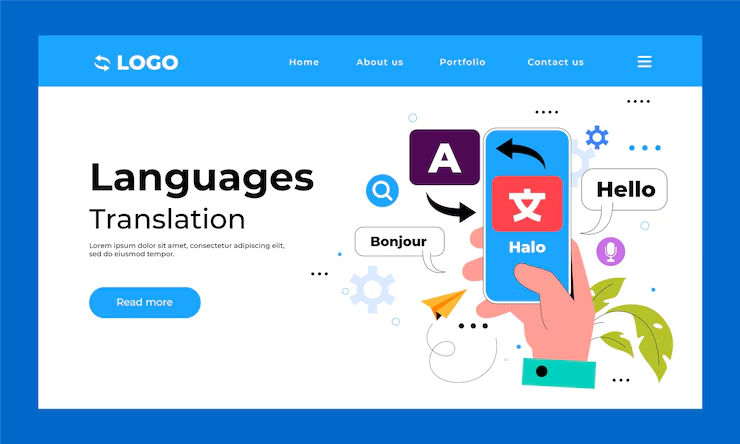
Natural Language Interfaces (NLIs) are revolutionizing how humans interact with machines by enabling communication through everyday language—no code, no commands, just conversation. In 2025, they are central to AI systems, software tools, customer support, and even hardware controls.
What Are Natural Language Interfaces?
Natural Language Interfaces allow users to interact with software and systems using spoken or written human language, instead of formal syntax or graphical inputs.
Examples:
-
Typing “schedule a meeting next Friday” into a calendar
-
Saying “turn off the kitchen lights” to a smart home system
-
Asking “What’s the revenue by region this quarter?” in a business dashboard
Core Technologies Behind NLIs
| Technology | Function |
|---|---|
| Natural Language Processing (NLP) | Understands and parses user intent |
| Large Language Models (LLMs) | Generates intelligent, fluent responses (e.g., ChatGPT) |
| Speech Recognition | Converts voice to text (e.g., Whisper, Alexa) |
| Conversational Agents | Multiturn dialogue systems for support or interaction |
| Semantic Parsing | Converts language to machine-executable commands |
Where Are NLIs Used in 2025?
1. Enterprise Tools
-
Ask your business intelligence dashboard questions in plain English.
-
Query databases (e.g., “Show me all customers who churned last quarter”).
2. Programming & Development
-
Tools like GitHub Copilot, Amazon CodeWhisperer, and Cursor allow developers to write code using natural language prompts.
-
NLIs make software creation accessible to non-programmers (“no-code” movement).
3. Smart Devices & Wearables
-
Voice-based interaction with home automation, cars, and fitness trackers.
-
Multilingual, contextual voice assistants in earbuds and AR glasses.
4. Healthcare & Clinical Documentation
-
Doctors use voice interfaces to summarize patient visits automatically.
-
Natural language search through patient records or drug databases.
5. Customer Support & Chatbots
-
AI agents handle complex queries, bookings, and complaints with high contextual understanding.
-
Used on websites, apps, and messaging platforms.
Benefits of Natural Language Interfaces
-
Accessibility: Empowers non-technical users.
-
Efficiency: Reduces time navigating menus or writing queries.
-
Natural UX: Intuitive and frictionless interaction.
-
Multilingual & Inclusive: Breaks language barriers in global applications.
Challenges & Limitations
-
Ambiguity: Natural language is often vague or context-dependent.
-
Privacy & Security: Sensitive data may be exposed via voice or chat.
-
Bias: Language models can reflect or amplify societal biases.
-
Edge Cases: Complex commands may still require manual override or fallback.



